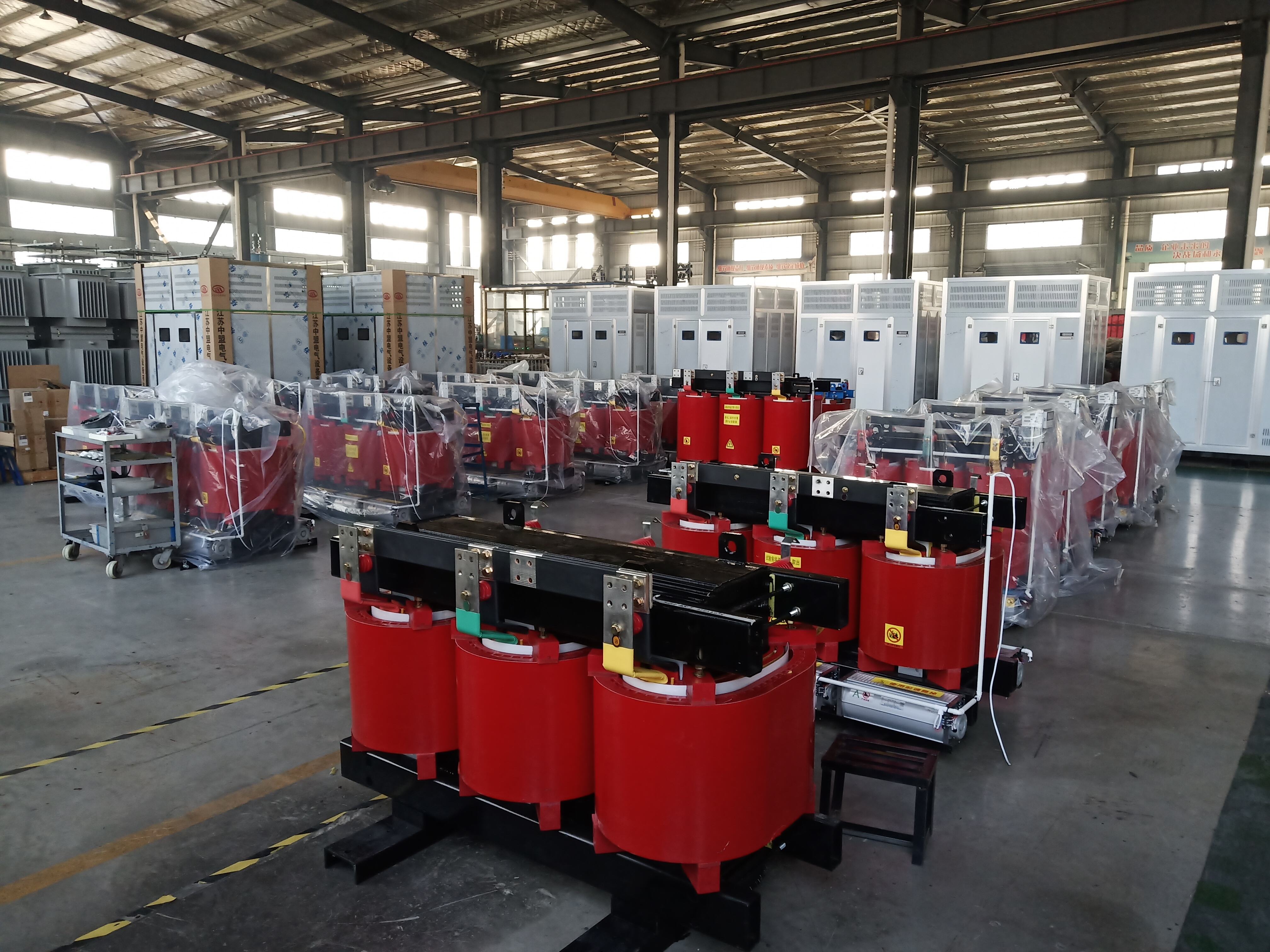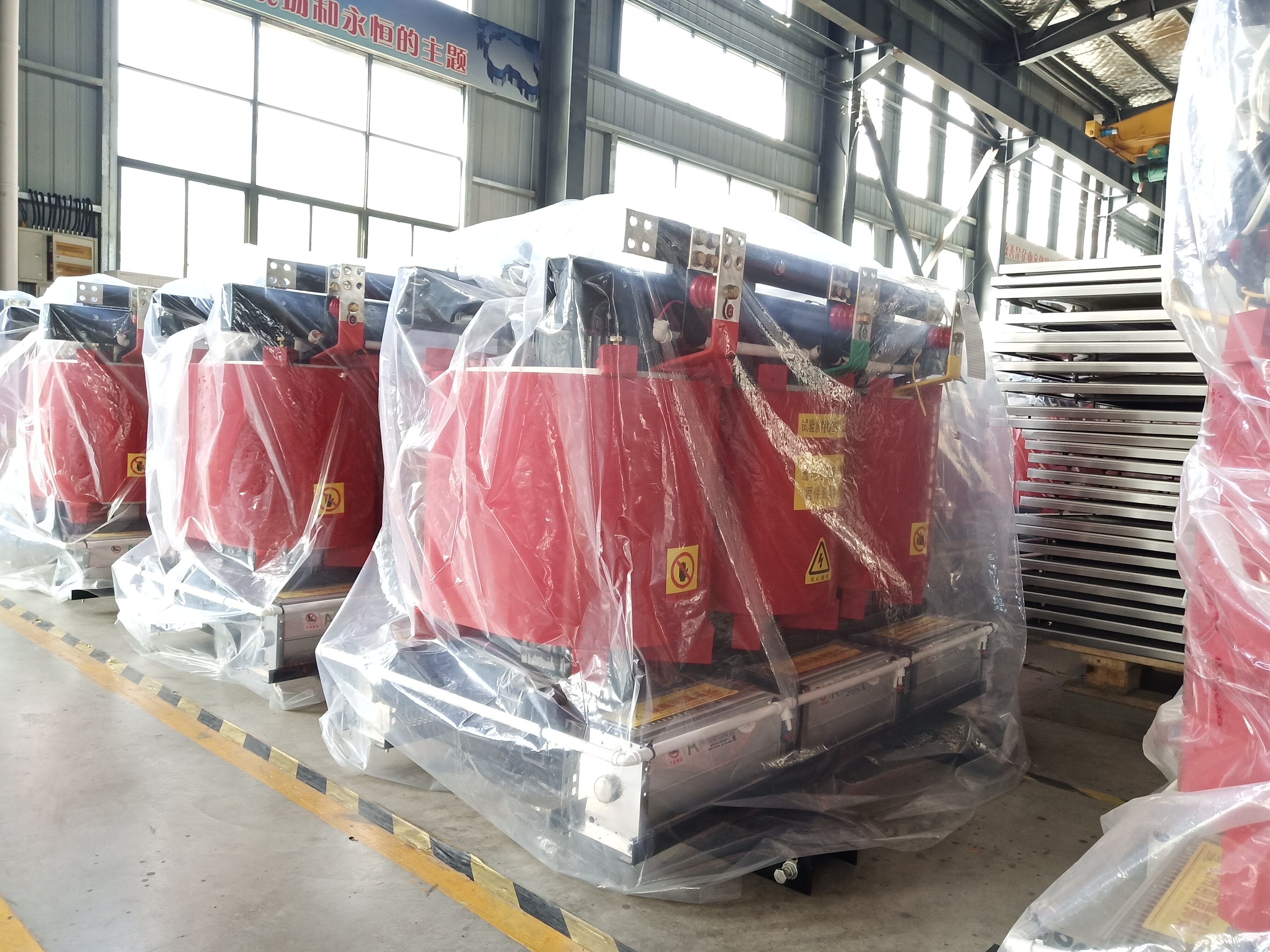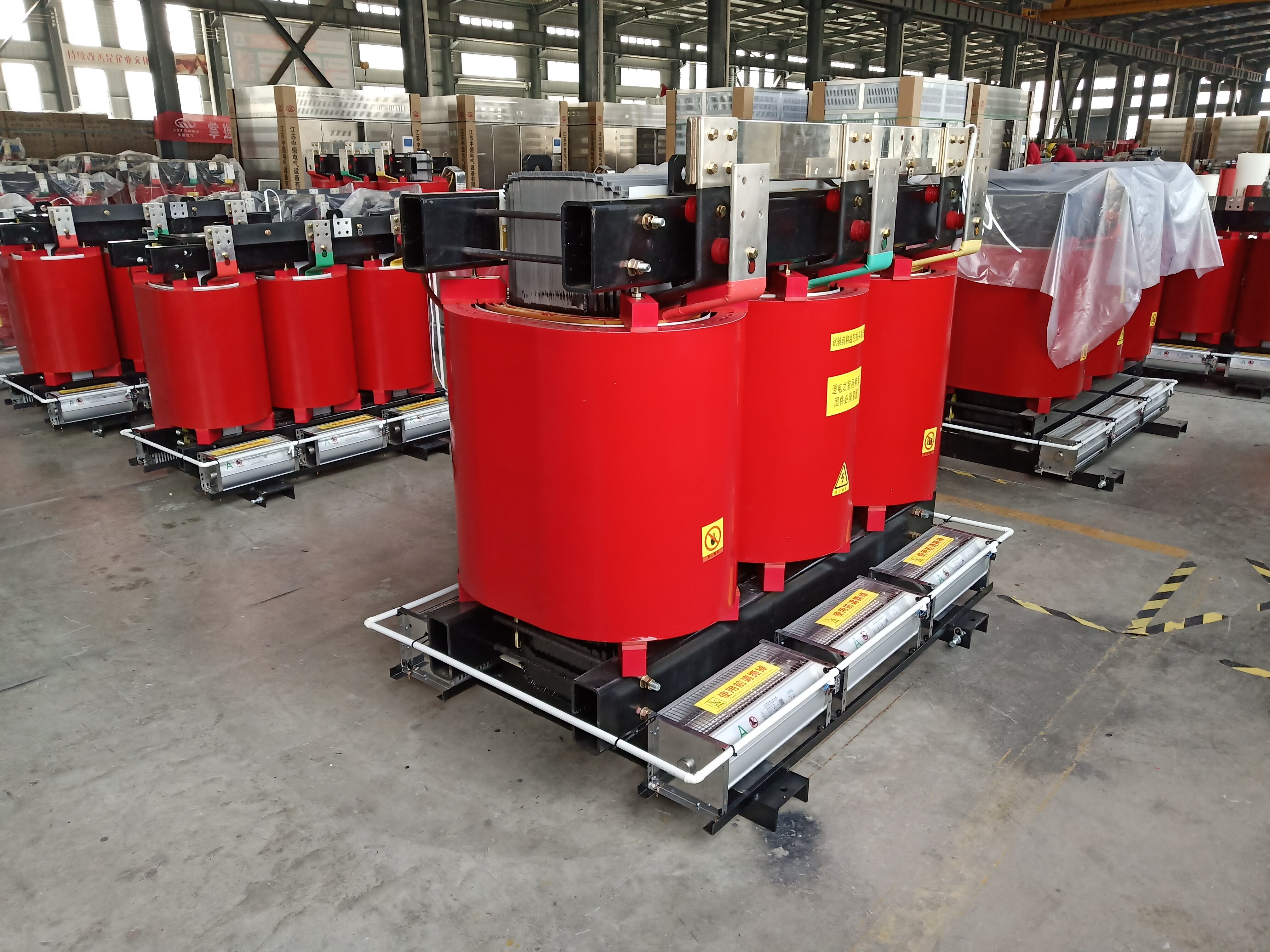distribution transformer and power transformer
Distribution transformers and power transformers are essential components in electrical power systems, serving distinct yet complementary roles in the power distribution network. Power transformers are large-scale devices primarily used in power generation stations and transmission substations, handling high voltage transmission typically ranging from 66kV to 765kV. They're designed to transfer electrical energy between high-voltage transmission networks and lower-voltage distribution networks. Distribution transformers, conversely, operate at the final stage of the power distribution system, converting medium-voltage electricity to lower voltages suitable for end-user consumption, typically ranging from 120V to 600V. These transformers incorporate advanced cooling systems, including oil-immersed or dry-type configurations, ensuring optimal performance and longevity. Both types feature sophisticated voltage regulation mechanisms, protecting against voltage fluctuations and maintaining stable power output. They employ various core materials, such as grain-oriented silicon steel, to minimize energy losses and maximize efficiency. Their applications span across residential areas, commercial buildings, industrial facilities, and infrastructure projects, forming the backbone of modern electrical distribution systems.


